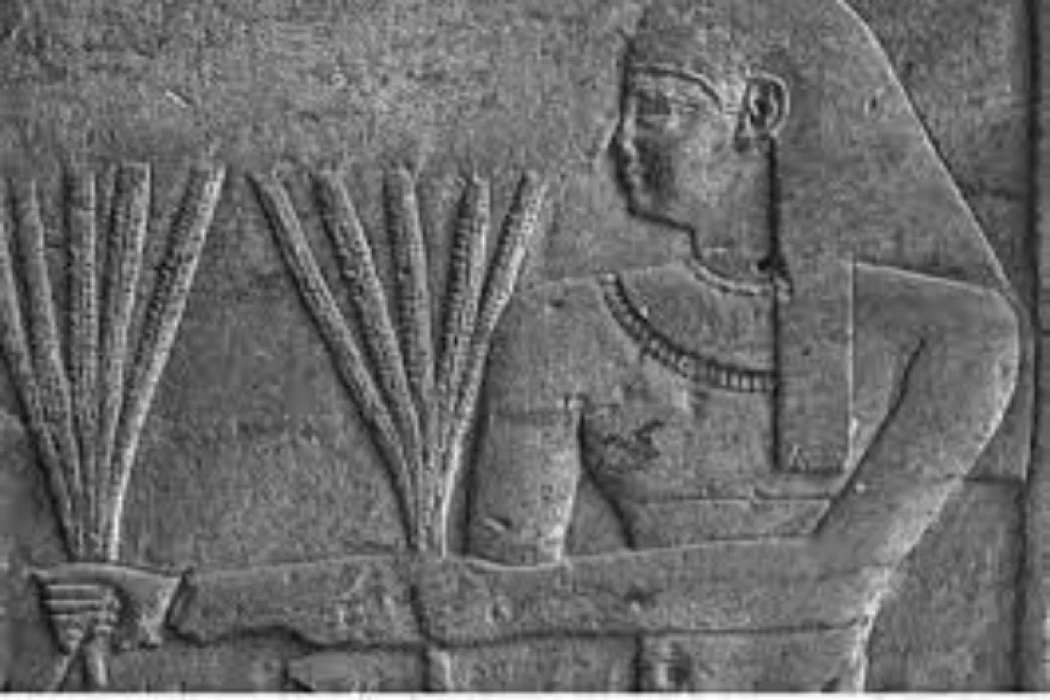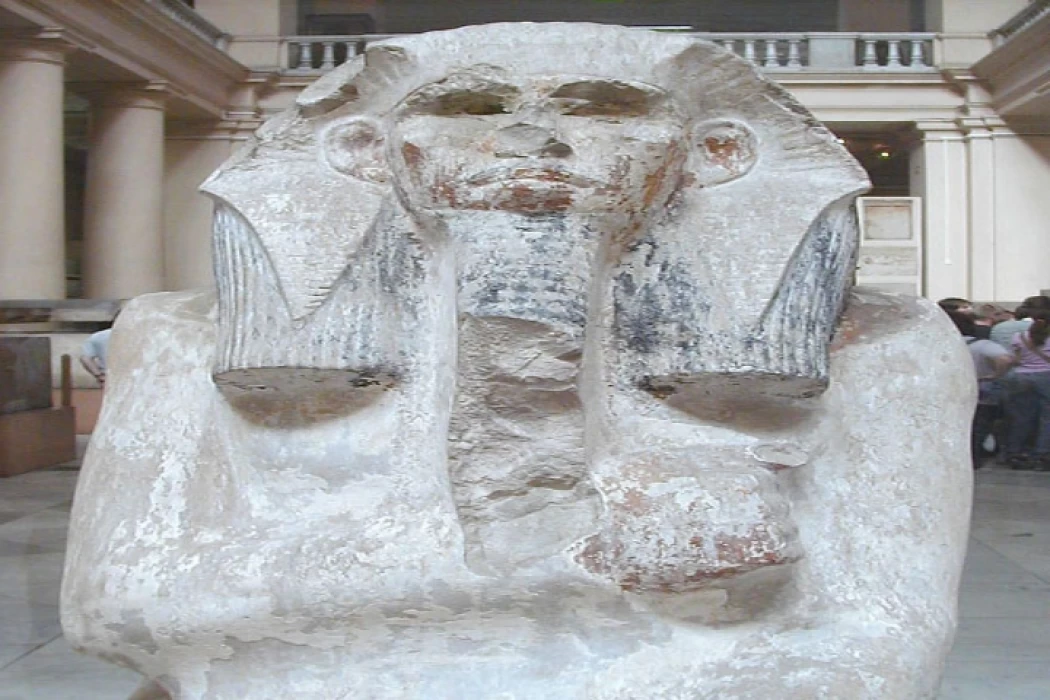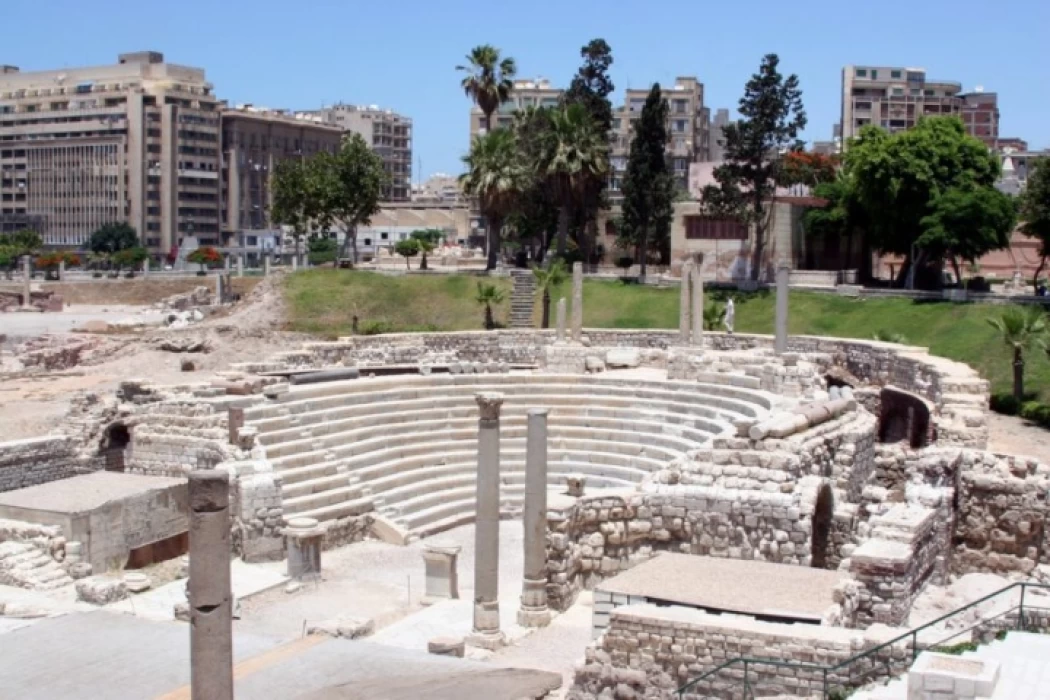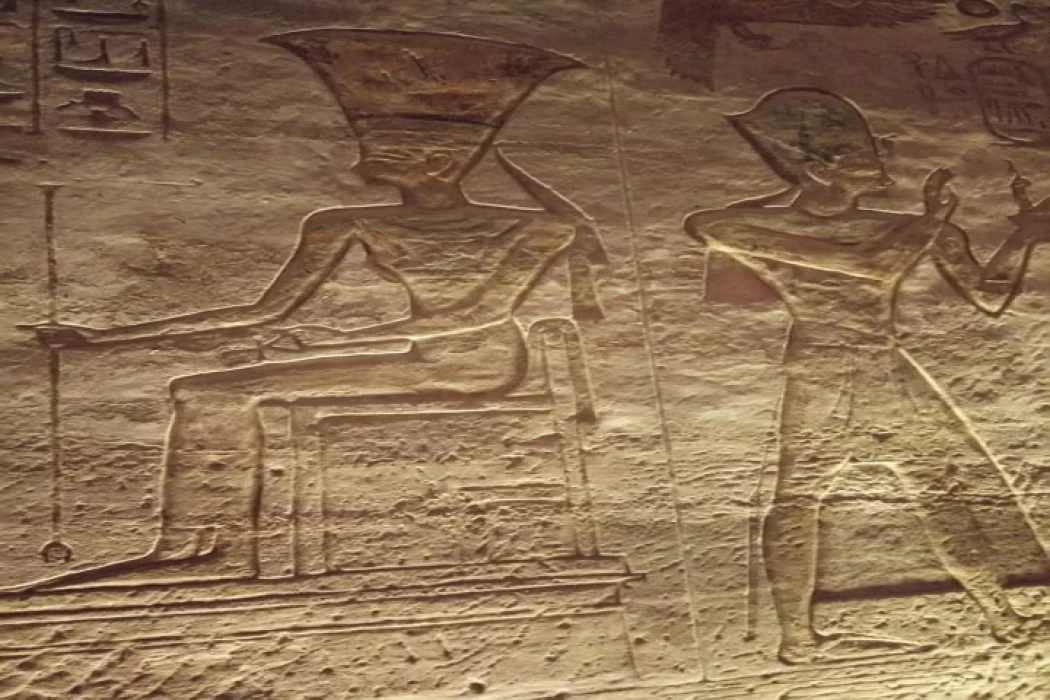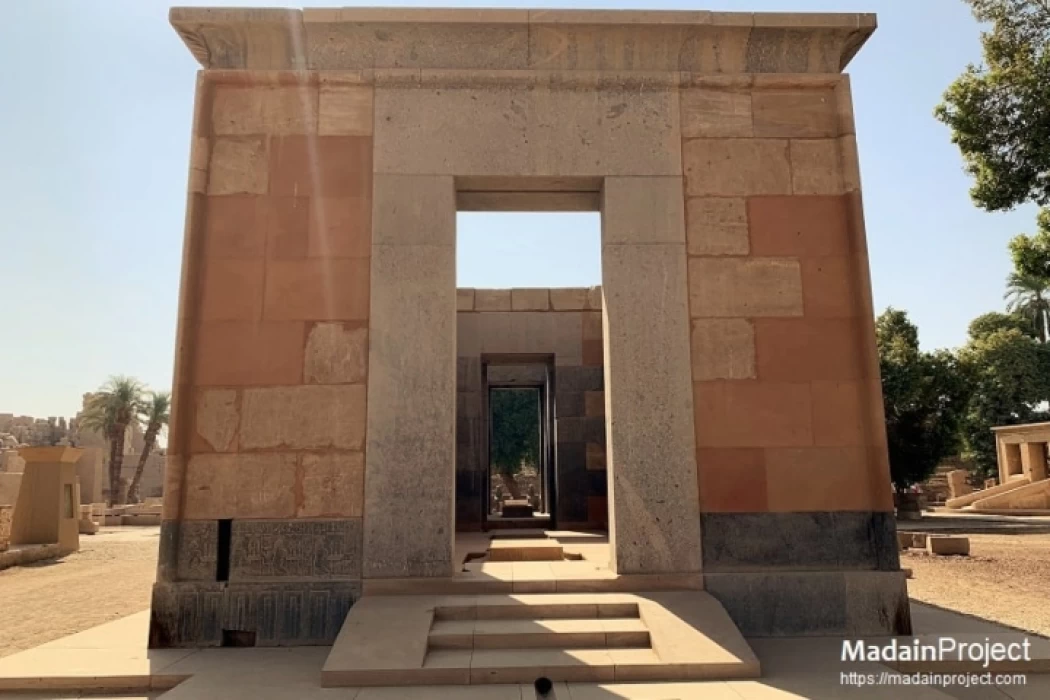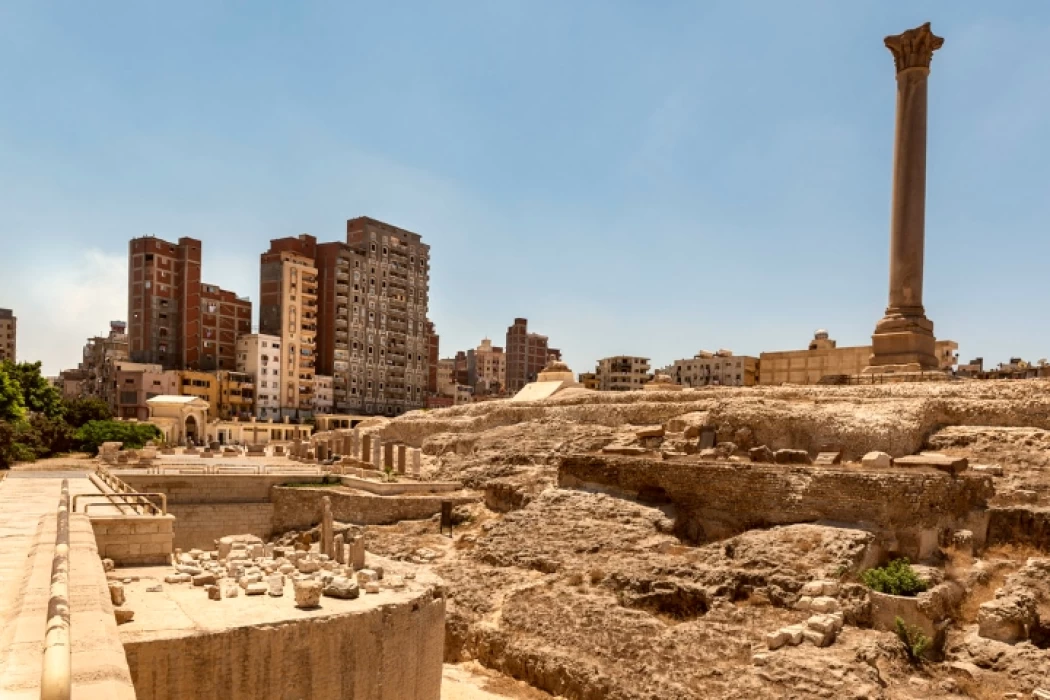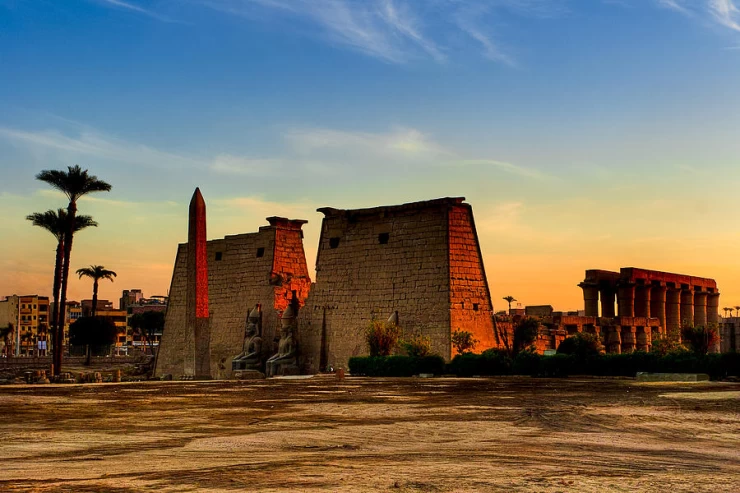
Easter in Egypt
Sham Al-Nasim is an Egyptian national holiday marking the beginning of spring. It originated from the ancient Egyptian Shemu festival. The smell of the breeze always falls on the day after the Eastern Christian Easter (following the traditions of the largest Christian denomination in the country, the Coptic Orthodox).
Despite its date associated with Christianity, Sham el-Nissim is a holiday celebrated by Egyptians of all faiths, so it is considered a national festival, not a religious one. The main characteristics of the Feast are:
People spend all day strolling in green spaces, parks, on the Nile or in the zoo.
The traditional food eaten on this day consists mainly of fesikh (dried salted gray mullet), lettuce, green onions, thermos and colored boiled eggs.
This festival has been celebrated at the national level by all Egyptians since ancient times, dating back to ancient Egyptian times, as it was associated with the agricultural background of the ancient Egyptians, which originated from Shmu.
Ancient Egypt
The Egyptians celebrated the smell of the breeze for the first time during the ancient Egyptian era (about 2700 BC) and continued to celebrate it during the Ptolemaic era, the Roman era, the Middle Ages and to the present day. According to records written by Plutarch during the first century AD, the ancient Egyptians used to offer salted fish, lettuce and onions to their gods during the spring festival known as Shmu .
The stability of Eid after the Christianization of Egypt.
After the Christianization of Egypt, the festival became associated with another Christian Spring Festival, Easter. Over time, Shmu turned into its current form and current history. The date of Easter, and therefore Easter Monday, is determined according to the Eastern Christian method of calculation used by the Coptic Orthodox Church, the largest Christian denomination in the country.
Islamic conquest of Egypt
Christian Egyptians undoubtedly played a role in preserving the festival through their cultural agency, which was very limited after the conversion to Islam in Egypt, but this cannot be considered a reason why Muslim Egyptians collectively celebrate the holiday. Exactly the same as the traditions of ancient Egyptian celebrations, in addition, if the Muslim Egyptians perceived the festival as having Christian origins or it was celebrated only by Christians, they would have stopped celebrating it.
Latest Articles
Admin
Neper God Of Grain
Neper was the deity of grains, particularly cereals that were important in Ancient Egypt, such as wheat and barley. It was stated that he foretold when the crops would grow, be harvested, and disappear.
Admin
Djoser
Djoser was an ancient Egyptian pharaoh of the 3rd Dynasty during the Old Kingdom and was the founder of that epoch. He is also known by his Hellenized names Tosorthros (from Manetho) and Sesorthos (from Eusebius). He was the son of King Khasekhemwy and Queen Nimaathap, but whether he was also the direct successor to their throne is unclear. Most Ramesside king lists identify a king named Nebka as preceding him, but there are difficulties in connecting that name with contemporary Horus names, so some Egyptologists question the received throne sequence. Djoser is known for his step pyramid, which is the earliest colossal stone building in ancient Egypt
Admin
Kom Al Dikka Alexandria
Kom El Deka, also known as Kom el-Dikka, is a neighborhood and archaeological site in Alexandria, Egypt. Early Kom El-Dikka was a well-off residential area, and later it was a major civic center in Alexandria, with a bath complex (thermae), auditoria (lecture halls), and a theatre.
Admin
The God Anuket
Anuket, in Egyptian religion, the patron deity of the Nile River. Anuket is normally depicted as a beautiful woman wearing a crown of reeds and ostrich feathers and accompanied by a gazelle.
Admin
The Red Chapel of Hatshepsut
The Red Chapel of Hatshepsut or the Chapelle rouge was a religious shrine in Ancient Egypt. The chapel was originally constructed as a barque shrine during the reign of Hatshepsut. She was the fifth pharaoh of the Eighteenth Dynasty from approximately 1479 to 1458 BC.
Admin
The Serapeum of Alexandria
The Serapeum of Alexandria in the Ptolemaic Kingdom was an ancient Greek temple built by Ptolemy III Euergetes (reigned 246–222 BC) and dedicated to Serapis, who was made the protector of Alexandria, Egypt. There are also signs of Harpocrates. It has been referred to as the daughter of the Library of Alexandria.
